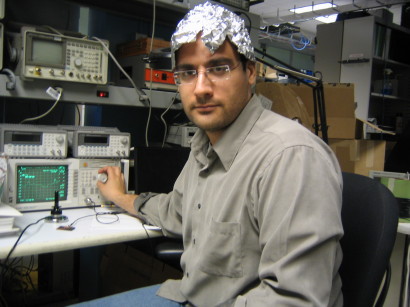
Saw this at the California Academy of Sciences in San Francisco. Dec 4th.
Prisca Sapientia, Science in Cryptomnesia, Dissident and Heretical Natural Philosophy, Abiotic Hydrocarbon Origin, Infinite Oil, The Cold Mantle, Expansion Tectonics, Pacific Biogeography, Euclidean Geometry, Electric Universe, Electromagnetic Gravity, Colliding Worlds, The Birth of Venus, The Reversal of Retrograde Rotation, Catastrophism, Global Pyramids, Atlantis In Antarctica, Extreme Human Antiquity, Ancient Technology, Giants and Dragons, Alien Astronauts, & Intelligent Design

ScienceDaily (Dec. 3, 2010) — Researchers from the Institute for Corpuscular Physics (IFIC) and other European groups have studied the effects of the presence of dark matter in the Sun. According to their calculations, low mass dark matter particles could be transferring energy from the core to the external parts of the Sun, which would affect the quantity of neutrinos that reach Earth.
"We assume that the dark matter particles interact weakly with the Sun's atoms, and what we have done is calculate at what level these interactions can occur, in order to better describe the structure and evolution of the Sun," Marco Taoso, researcher at the IFIC, a combined centre of the Spanish National Research Council and the University of Valencia, explains.

ScienceDaily (Dec. 3, 2010) — A pair of neutron stars spiraling toward each other until they merge in a violent explosion should produce detectable gravitational waves. A new study led by an undergraduate at the University of California, Santa Cruz, predicts for the first time where such mergers are likely to occur in the local galactic neighborhood.

ScienceDaily (Dec. 1, 2010) — Astronomers have discovered that small, dim stars known as red dwarfs are much more prolific than previously thought -- so much so that the total number of stars in the universe is likely three times bigger than realized.










